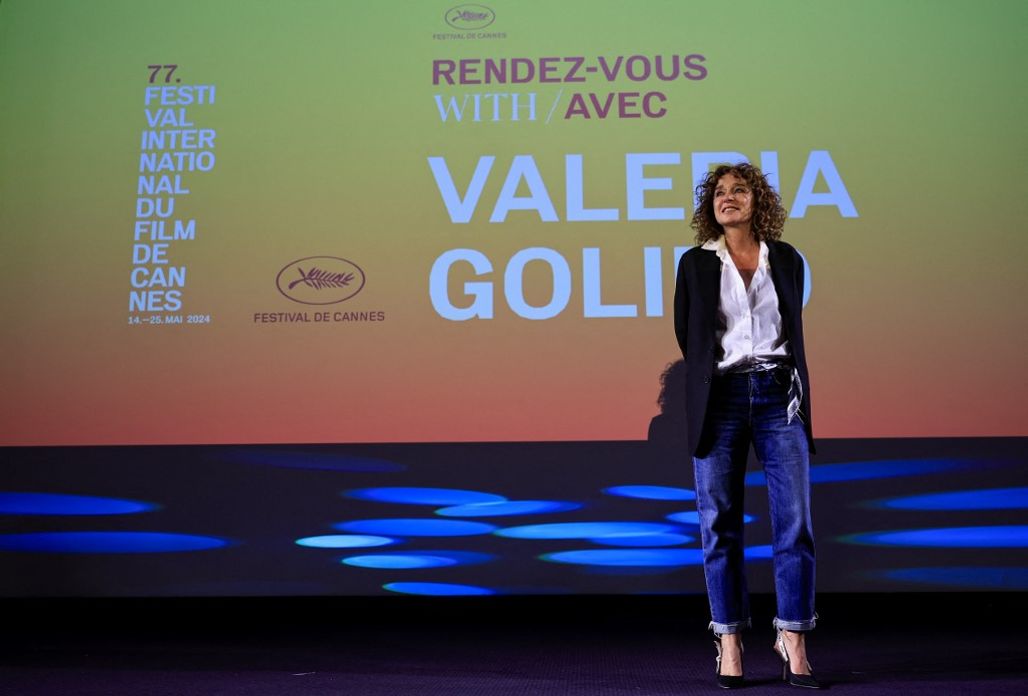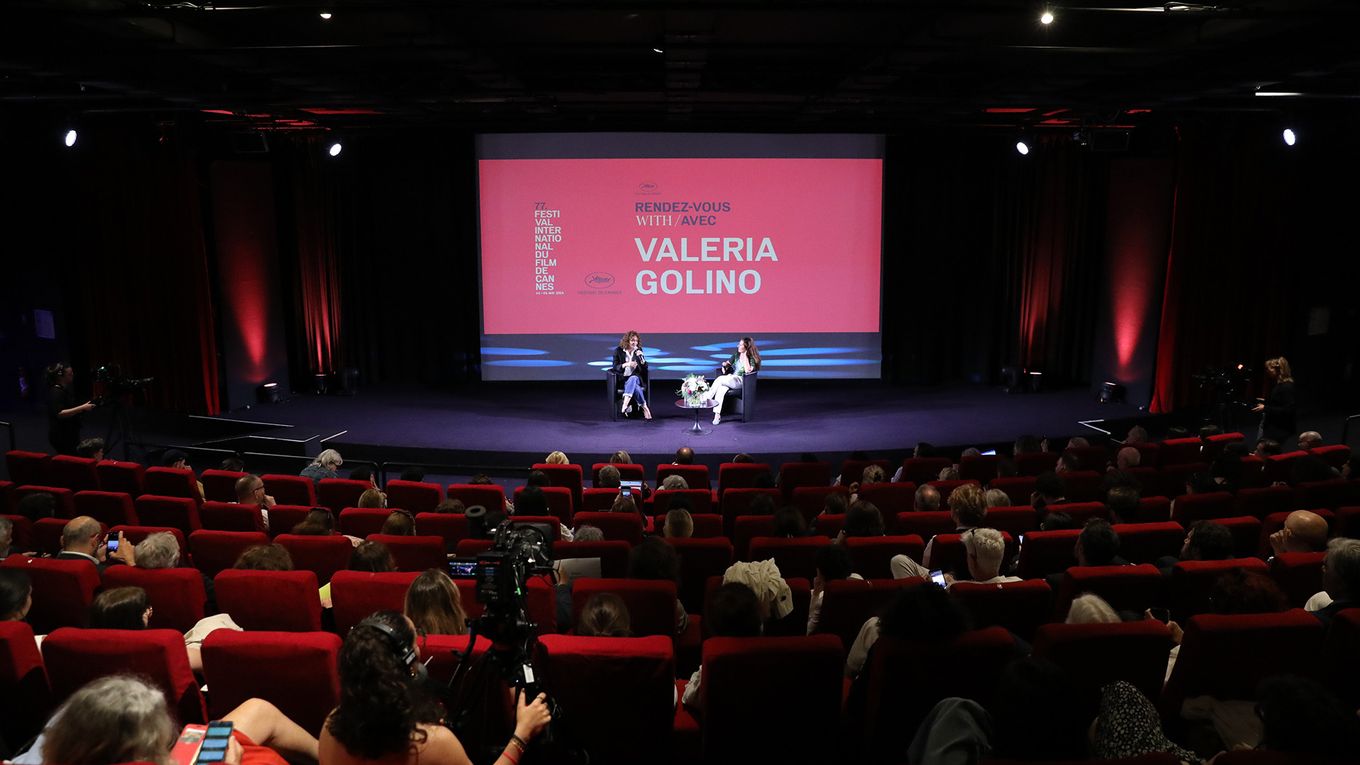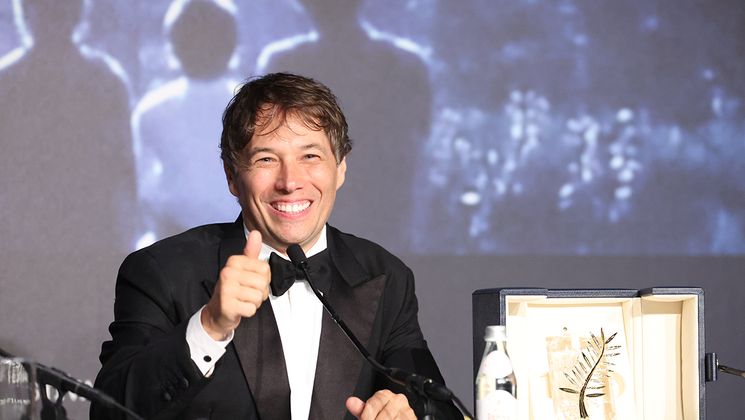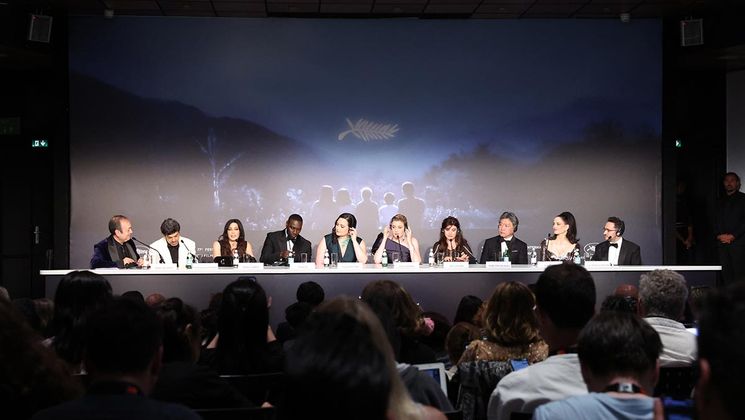
Rendez-vous with… Valeria Golino

She starred in 150 films and presented two features in Cannes, including Miele (2013), her first film as director, and Euforia (2018). Valeria Golino found at least twenty reasons to adapt Goliarda Sapienza’s masterpiece for the big screen. In the Buñuel room, the screening of the first of six episodes in her series L’Art de la joie (The Art of Joy), a serial adaptation of the Italian author’s book, was followed by a conversation with journalist Guillemette Odicino. Here is a selection.
“Sometimes, I think that you have to manipulate joy, provoke it to make it happen”.
Goliarda Sapienza’s Book
The story was written between 1967 and 1976. In her writing, Goliarda is a bit like Modesta. She is rebellious; Her unique style doesn’t appeal to everybody; Her music is unlike any other; She is full of grace and speaks either bluntly or humorously; She is incredibly free in her writing. Also, she personifies chaos. Goliarda never saw her book published, which was extremely painflul for her. Modesta changes: I think she is one thousand personas, one thousand characters in one, because Goliarda had plenty of time to craft them. The book is deeply tortured; it talks about pansexuality, toxicity in the family, etc.
The main character of Modesta, played by young Tecla Insolia
Modesta is a unique female character in literature: she breaks all the rules. She is powerful and not always in the good. It is crucial to highlight someone who is wrong: She is “free in her wrong”. In great novels, such characters are always male figures. This is a universal story, set in Sicilia in 1900, about human beings. These are all the reasons why I wanted to tell this character’s story. Modesta is a human being who doesn’t allow herself to be burdened by guilt: that is extremely powerful.
Serial Adaptation of L’Art de la joie (The Art of Joy)
” I know my entire film by heart. So well that I see all its flaws. This is the first time I see it screened in front of an audience.”
It was very difficult to adapt. Her story is filtered through me, because Goliarda is much more advanced than I am. This is not like cinema: it’s incredibly exciting and different, I took liberties never taken before in cinema.
The three of us, then the five of us, worked together for a year and a half to try and find an attractive language. In series, you have to tell a story, you need a structure that supports the events. There’s also my editor, with whom I’ve made all my films: editing is rewriting, the film speaks to you, interrogating you while you’re editing. It’s like a living animal. I’ve learnt a lot from making this series.
From Interpretation to Direction
I’ve been fortunate to work a lot since I was 17. I’ve always loved the setting, the author’s point of view, and I was lucky enough to work with great directors and magnificent actors. It was a passion for me to watch them. I made my first film when I was 45, because I had impostor syndrome, so I started too late. I didn’t allow myself to do it, I didn’t think I was good enough. I would have preferred an earlier start, but I felt hesitant and shy.
Her Films Topics
Miele is about euthanasia. Euforia (Un Certain regard, 2018) is a confrontation between two brothers: the characters in my films that interest me always have some kind of overwhelming ethical issue. They always doubt whether they are in the wrong or in the right. You can even hate them if you want. These films bring out my doubts, which are by no means definitive; I don’t want to give any lessons. I try to make films that are both heavy and light.
Sets and Casts
I love filming my actors; I love beauty; I love bodies. There are a thousand ways of directing actors. In the role of the Mother Superior, we have Jasmine Trinca, who starred in Miele; Tecla Insolia plays Modesta: She is a gift. As for the sets, I wanted them to be beautiful, because in the book the descriptions are so brilliant, so carnal. I wanted to convey that light.



